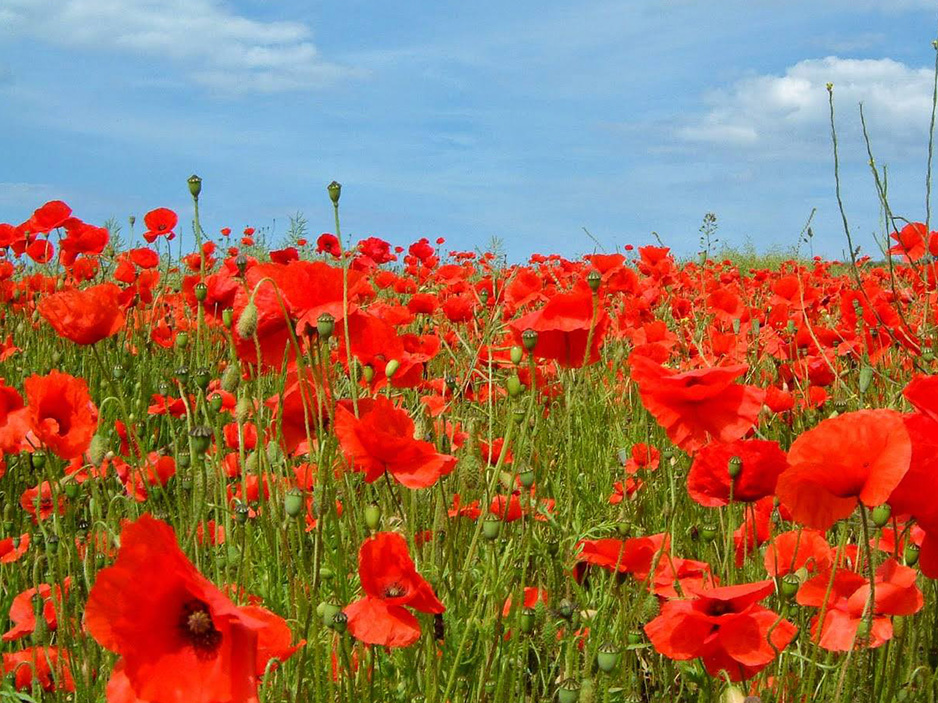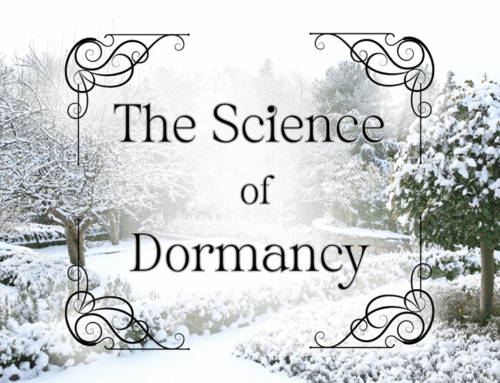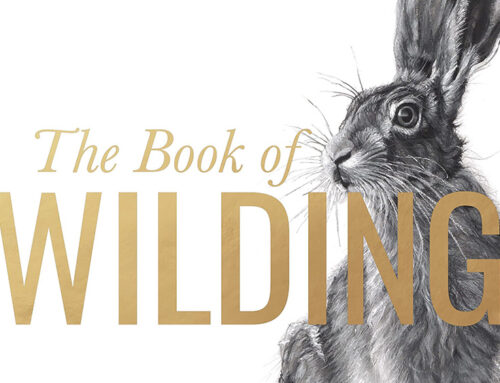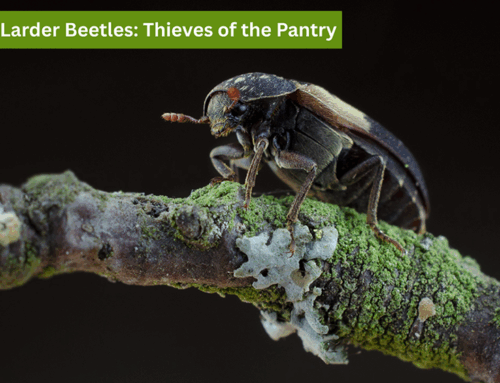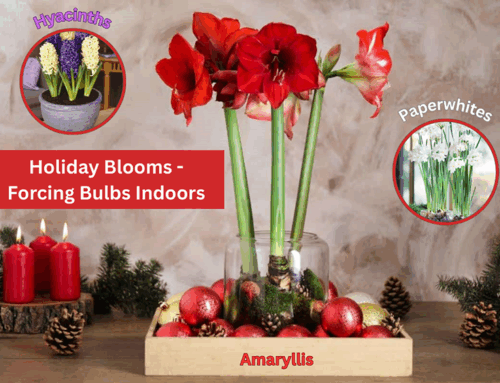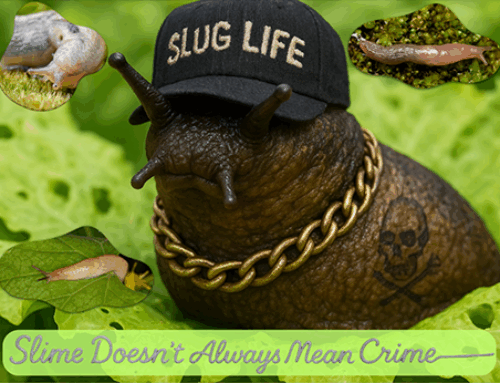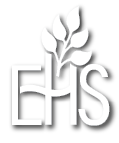Poppies for Remembrance
By Brett Kerley
“In Flanders Fields” is a poem written in 1915 by Canadian Lieutenant-Colonel John McCrae after he presided over the funeral of a friend and fellow soldier. So many years later, his poem still poignantly expresses the tragedy of war and the importance of remembering. It inspired the wearing of poppies to honour the war veterans and the dead.
How the wearing of the poppy originated
 It began with a simple idea from a University of Georgia professor: sell poppy flowers to raise money on behalf of soldiers killed and injured in World War I. Moina Michael was in Germany on the final leg of a European vacation when World War I broke out in 1914. She was forced to flee to Italy to find a ship that would carry her home.
It began with a simple idea from a University of Georgia professor: sell poppy flowers to raise money on behalf of soldiers killed and injured in World War I. Moina Michael was in Germany on the final leg of a European vacation when World War I broke out in 1914. She was forced to flee to Italy to find a ship that would carry her home.
After a harrowing 16-day voyage through mine-infested waters patrolled by enemy submarines, she returned to the relative quiet of her Athens, Georgia home, but did not find peace. The nation was fixated on the war, and Michael did everything she could to bring comfort to soldiers awaiting deployment.
She made sure soldiers were adopted by local families and set up a campaign for the families to write to the soldiers while they were overseas. She volunteered with the National YMCA. While she was working for the war effort in New York, she was struck by a sudden inspiration.
Poppies for Remembrance
A young soldier left a copy of Ladies Home Journal on Michael’s desk with a marked page containing Lt. Col. John McCrae’s famous poem “In Flanders Fields.” “The last verse transfixed me,” she wrote. “‘To you from failing hands we throw the Torch; be yours to hold it high. If ye break faith with us who die, we shall not sleep, though poppies grow in Flanders Fields.’”
On Nov. 9, 1918, two days before the armistice that ended World War I, she wrote a reply to McCrae’s poem, titled “We Shall Keep the Faith” and decided “always to wear a red poppy of Flanders Fields as a sign of remembrance and emblem of ‘keeping the faith with all who died.’”
Oh! you who sleep in Flanders Fields,
Sleep sweet – to rise anew!
We caught the torch you threw
And holding high, we keep the Faith
With All who died.We cherish, too, the poppy red
That grows on fields where valour led;
It seems to signal to the skies
That blood of heroes never dies,
But lends a lustre to the red
Of the flower that blooms above the dead
In Flanders Fields.And now the Torch and Poppy Red
We wear in honour of our dead.
Fear not that ye have died for naught;
We’ll teach the lesson that ye wrought
In Flanders Fields.— Moina Michael
She left her office and scoured local flower shops in search of silk poppies to share. She launched a national letter-writing campaign encouraging others to adopt the poppy. The American Legion designated the red poppy as its official flower in 1920, and distribution of poppies became a Legion national program in 1924. Soldiers who made the poppies for sale in America were classified as unfit for any employment by the government because of their war injuries. They couldn’t be hired, but they could make these little poppies.
Other countries quickly followed suit. Remembrance poppies have been worn in the U.K., Australia and Canada since 1921 and since 1922 in New Zealand.
Remembrance Day in Canada
 For over a 100 years Canadians have recognized Remembrance Day, originally called Armistice Day, on 11 November at 11 a.m. It marks the end of hostilities during the First World War and is an opportunity to recall all who have served in the nation’s defence. On Remembrance Day there are many ceremonies throughout the country. Here in the Edmonton area we have several places that you can go to mark this day. For more information see Remembrance Day Ceremonies in Edmonton & Area.
For over a 100 years Canadians have recognized Remembrance Day, originally called Armistice Day, on 11 November at 11 a.m. It marks the end of hostilities during the First World War and is an opportunity to recall all who have served in the nation’s defence. On Remembrance Day there are many ceremonies throughout the country. Here in the Edmonton area we have several places that you can go to mark this day. For more information see Remembrance Day Ceremonies in Edmonton & Area.
The community of Griesbach in Edmonton is named after Major General William Antrobus Griesbach and is built on the old military barracks. It has many roads named after influential war veterans and parks that symbolise different military regiments. The ceremony at Patricia Park is a must for anyone wishing to pay their respects on Remembrance Day.
Want to grow your own Flanders poppy?

Papaver rhoeas ‘Mother of Pearl
The poppies that symbolise Remembrance Day are Papaver rhoeas, known as the Flanders poppy, Corn poppy or Common poppy. They grow easily and spread quickly. The Flanders Poppy is famed around the world for the carpet of red beauty it creates when in full bloom. A must-have for any wildflower meadow or garden, this annual delights with bright blooms throughout the summer. It’s deer resistant and attractive to many pollinators, especially bumblebees.
They stand tall between 12” to 30”. In addition to the wild red field poppy, there are varieties with flowers in many shades including white, apricot, purple and pink. This easy to grow, long lived, and virtually carefree plant prefers full sun and rich, well drained soil. You can sow the seeds in spring or fall and, once established, they will self-sow freely.
Seeds are available from most seed companies.
Some references for this article was taken from University of Georgia News

